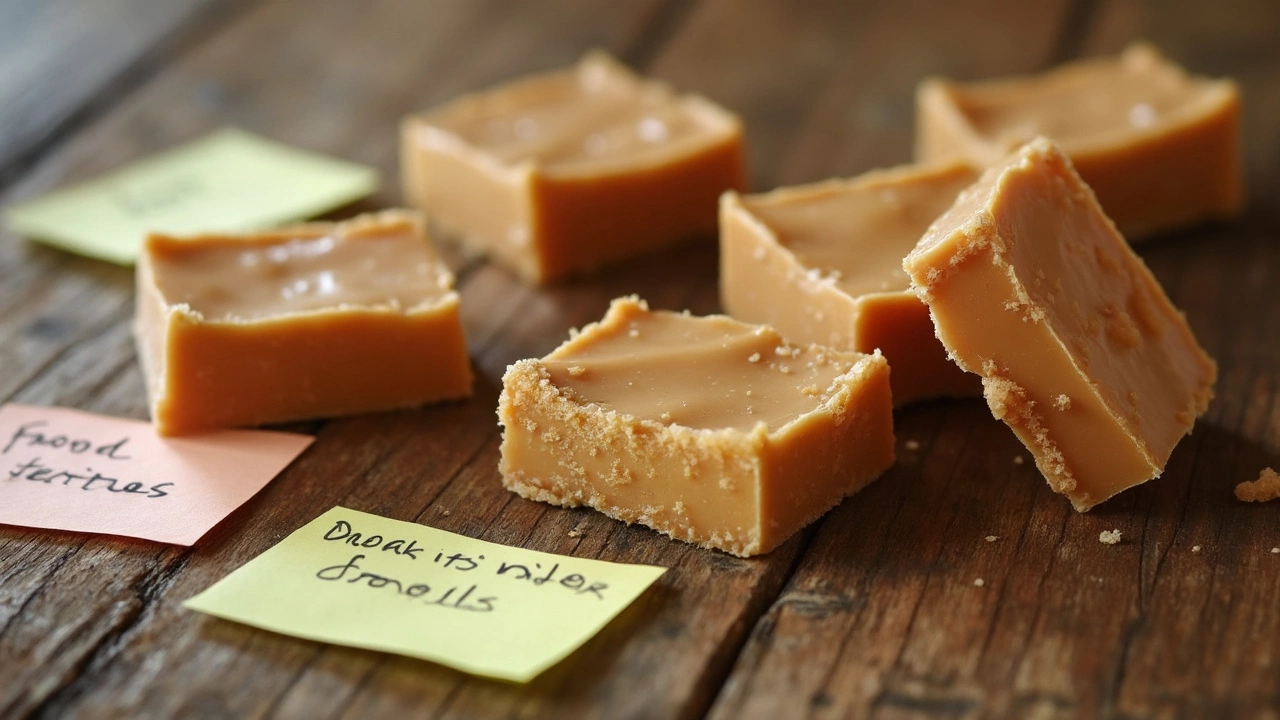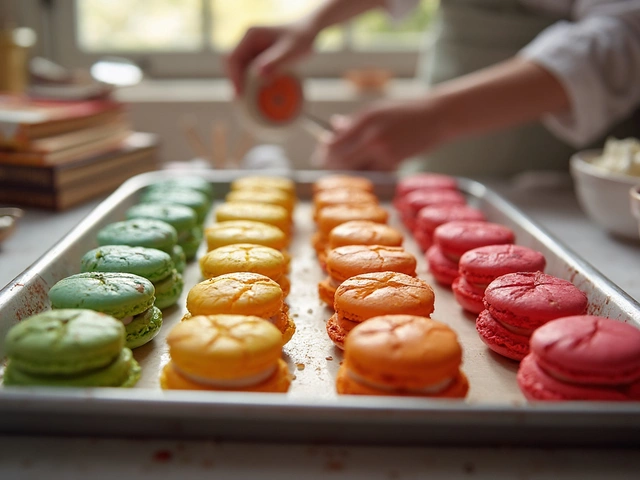Fudge Gone Bad – How to Spot, Fix, and Keep It Fresh
If you’ve ever pulled a batch of fudge out of the fridge and found it hard, grainy, or smelling off, you know the disappointment. Fudge can turn from creamy delight to a kitchen nightmare in a few simple steps gone wrong. The good news? Most mishaps are easy to spot and fix, and a few smart habits can keep your fudge smooth every time.
How to Know When Fudge Has Spoiled
First, look at the surface. Fresh fudge should have a glossy finish and a uniform texture. If you see cracks, a dull gray film, or any strange discoloration, that’s a red flag. Next, give it a sniff. A sour or fermented smell means bacteria have taken over – toss it. Finally, feel the texture. Smooth and slightly firm is perfect; if it feels gritty, crumbly, or rock‑hard, something went wrong during cooking or storage.
Quick Fixes and Prevention Tips
Most problems start with temperature. Hitting the soft‑ball stage (around 235‑240°F / 113‑115°C) is key for creamy fudge. Too low and you end up with grainy sugar crystals; too high and the fudge hardens. Use a candy thermometer and watch the numbers. If you overshoot, you can rescue the batch by gently reheating it with a splash of milk or heavy cream, stirring until the crystals melt back into a smooth mix.
Grainy fudge is usually caused by stirring too much once the sugar hits the soft‑ball stage. Let the mixture sit undisturbed for a minute, then stir just enough to bring it to the edge of the pan. If graininess is already there, add a tablespoon of butter or a splash of cream and heat on low, stirring constantly. The extra fat helps the sugar crystals dissolve and gives you that velvety texture.
Boiling fudge for too long is another common mistake. The longer it cooks, the more water evaporates, raising the sugar concentration and making the fudge brittle. If you notice the mixture thickening too fast, remove it from the heat earlier and keep stirring. A quick “cold‑water test” – dropping a tiny bit into cold water – can tell you if you’re at the right stage. If the drop forms a soft ball that flattens when pressed, you’re good to go.
Storage matters just as much as cooking. Once your fudge cools, pack it in an airtight container. A thin layer of parchment paper between layers prevents sticking. Keep it in the fridge if you live in a warm climate; otherwise, a cool, dark pantry works fine. Avoid exposing fudge to humidity – moisture encourages grain growth and can make it soggy.
If you’ve already stored fudge and notice it’s gotten hard, a simple rescue trick is to microwave it for 10‑15 seconds, then stir in a tablespoon of milk or cream. The gentle heat re‑hydrates the sugar, and the added fat restores smoothness. Just don’t over‑microwave, or you’ll end up with a sticky mess.
Finally, trust your instincts. If something feels off – whether it’s the look, smell, or bite – it’s safer to discard the batch. A small loss is better than a stomachache. With these checks and tricks, you’ll spend less time throwing out fudge and more time enjoying it.
Keep these tips in mind next time you whisk sugar, butter, and milk together, and you’ll turn “fudge gone bad” into “fudge done right” every single time.

Recognize Spoiled Fudge: Signs Your Fudge Has Gone Bad
Wondering if your fudge is still good? Get reliable tips, visual clues, weird smells, and expert ways to spot spoiled fudge before you take a bite.
View More



